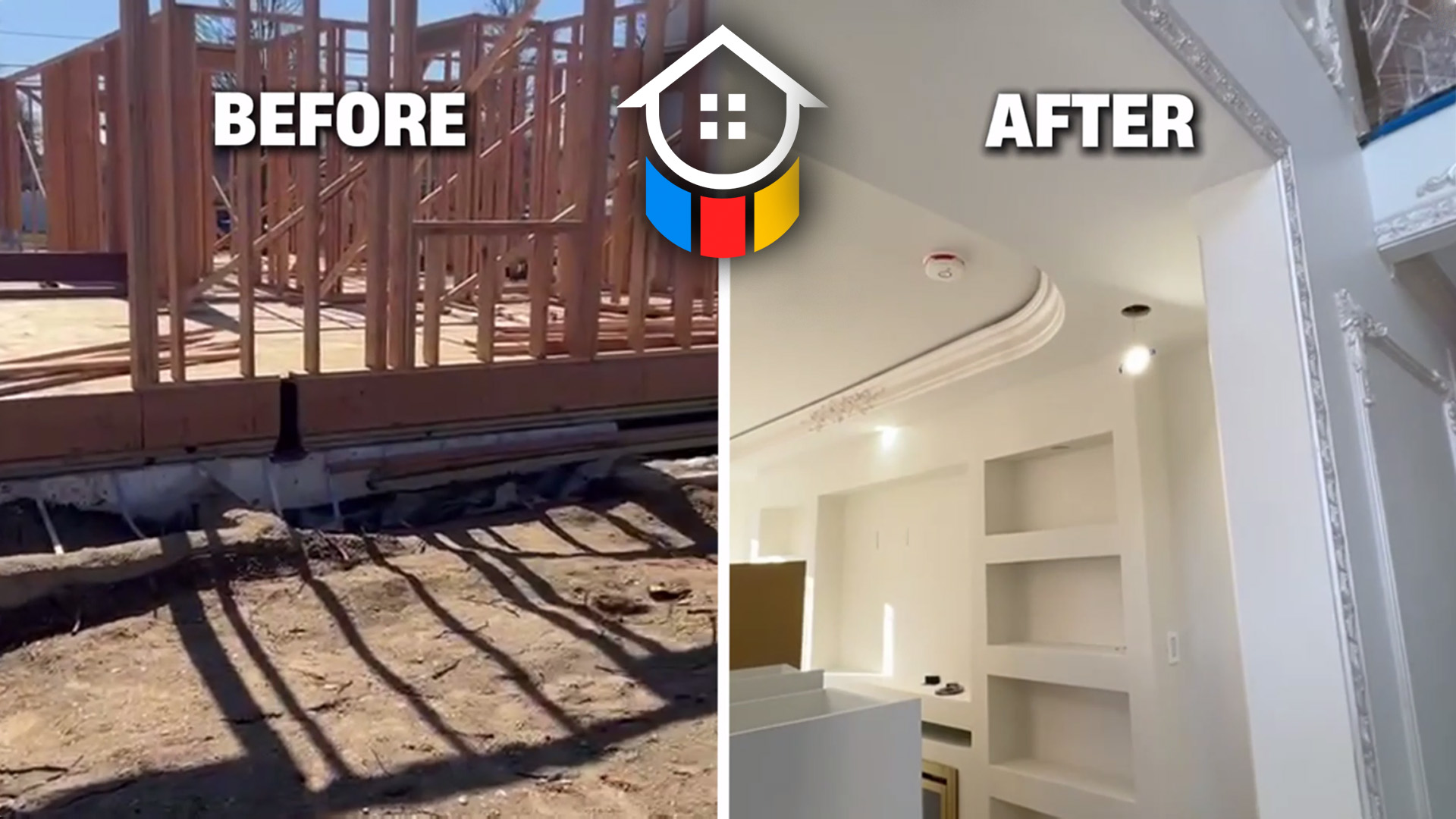Interior Design
The scope of an interior painting project typically includes the painting of walls, ceilings, and other interior surfaces within a residential or commercial space. Here are some key aspects that may be part of the project scope:
Surface Preparation: This involves inspecting the surfaces for any damages, cracks, or imperfections and taking necessary steps to repair them. It may include patching, sanding, and priming the surfaces to ensure a smooth and even finish.
Color Selection: Working closely with the client, the project may involve selecting suitable colors and finishes for the interior surfaces. This could include choosing paint samples, discussing color schemes, and finalizing the color palette for different areas.
Protection of Furniture and Flooring: Prior to painting, the project scope may include protecting furniture, fixtures, and flooring from paint splatters or drips. This could involve using drop cloths, plastic coverings, or other protective materials.
Painting Techniques: The scope may encompass various painting techniques such as brush painting, roller application, or spray painting, depending on the specific requirements and surfaces involved. Different techniques may be used for walls, ceilings, trims, and other architectural features.
Multiple Coats and Finishes: The project may involve applying multiple coats of paint to achieve the desired color intensity and coverage. Additionally, different finishes such as matte, satin, or glossy may be applied based on the client's preferences and the intended aesthetic.
Touch-ups and Clean-up: After the main painting work is completed, the scope may include inspecting the surfaces for any touch-ups or areas that require additional attention. Once the painting is finalized, the project should also include thorough clean-up of the work area, removing any paint residue or debris.
It's important to note that the specific scope of an interior painting project may vary depending on the size of the space, the condition of the surfaces, and the client's requirements. It's recommended to consult with a professional painting contractor to discuss the project in detail and get a comprehensive understanding of the scope and associated services.


